|
a [further] study on the genre of painting: Miklós Barabás an augmented reality installation by Zoltán SZEGEDY-MASZÁK and Márton FERNEZELYI |
|
Related works: a [further] study on the genre of painting, Language is not a Reliable Instrument, Oculus Artificialis Teledioptricus 2.0:
Re:mbrandt |
|
The interactive installation can be explored by using a handheld tablet computer (iPad) acting as an “intelligent” videocamera. By watching the abstract paintings displayed on the wall of the exhibition room through the device, floating three dimensional objects appear in front of them. The paintings act as sound sources at the same time: by approaching them the audible spoken texts coming from them get louder, while from a distant point of view a choir of silent chitchat is played from the simultaneously playing virtual loudspeakers. (Images and videos show the very first experimental version of the installation where a hanging computer interface is combined with the iPad.) |
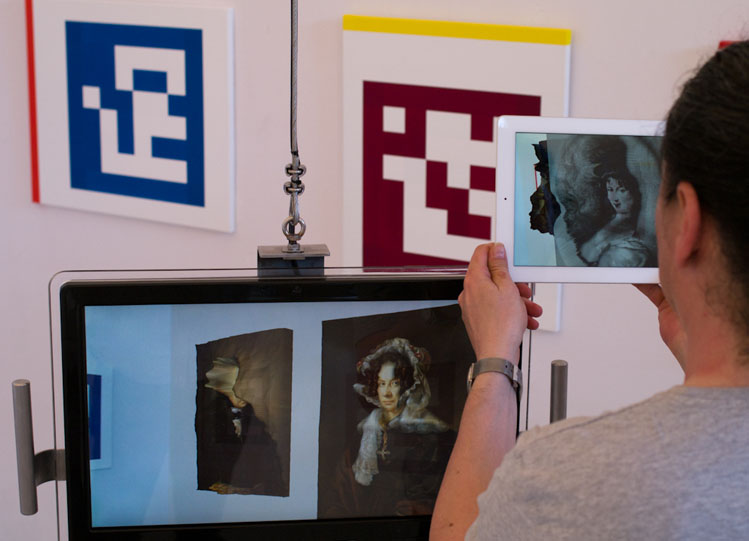 |
|
The floating, animated virtual three dimensional objects are reliefs made after paintings by Miklós Barabás, the spoken texts are excerpts from his memoirs. The simultaneously present audiovisual virtual worlds are linked to the individual hand made canvases picturing binary codes, and can be freely observed from all directions through the tablet computer. |
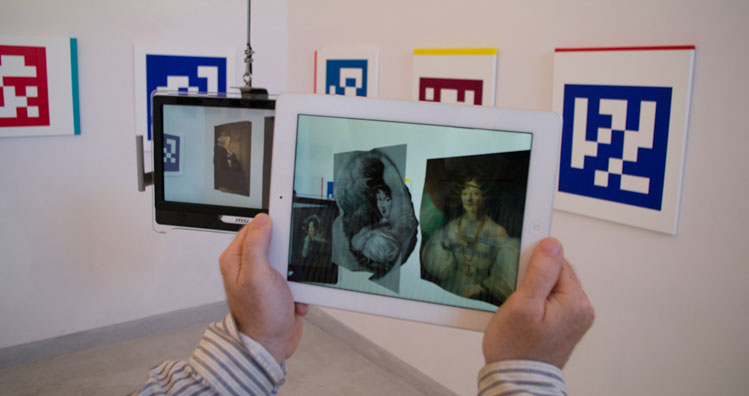 |
|
Miklós Barabás, the first professional Hungarian painter was my great-great-grandfather. He was born in Kézdimárkosfalva in 1810, started his portraitist career in Transylvania and Bucuresti, and finally settled in Pest in 1855. His professional career was strongly focusing on the development of the independent hungarian fine art, which first became relevant as a whole from a global perspective in the second half of the nineteenth century. Studying in Vienna and Venice he became an important representative of the international style of biedermeier, while he was a founder and active member of art life in Hungary. The beginnings of Hungarian genre painting are also linked with his name.
|
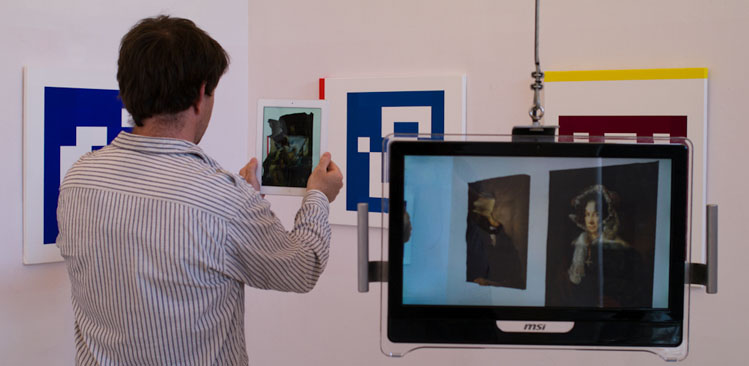 |
|
Barabás quickly became an active member of the newly established Hungarian Academy of Arts and Sciences as a young artist, publishing his important essay on perspective as his introductory lecture. At the end of his career he published his memoirs which contain inspiring stories and meditations on the genre of portraiture, photography and painting. The excerpts from these texts reveal the historical context of the nineteenth century Hungary, but also raise inspiring questions on the genre of painting through Barabás’s theoretical reflections on it. |
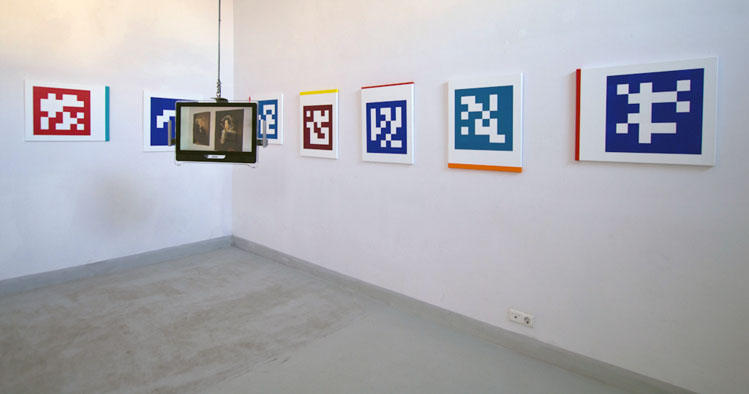 |
|
Currently the language of the audible content is exclusively Hungarian, additional support needed for translating the texts by Barabás to english for future versions.
|
|
|
|
The software environment of the installation was developed with the generous support and help of Artoolworks inc. (We extensively use ARToolKit4IOS in our software.) Special thanks to Ben Vaughan and Philip Lamb for their kind personal help. The project was sponsored by the Hungarian National Cultural Fund. |
 |
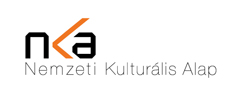 |